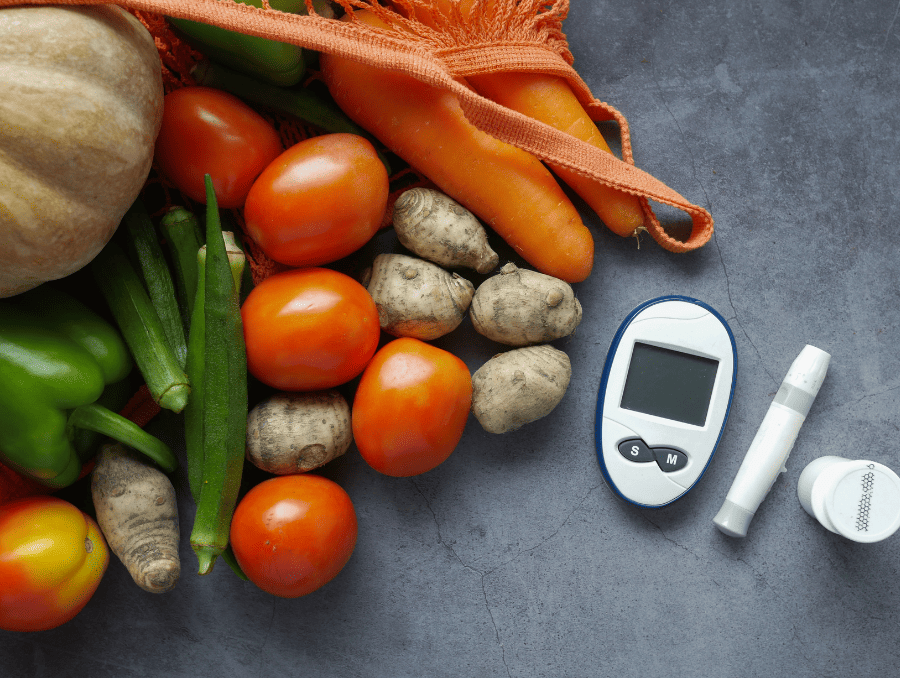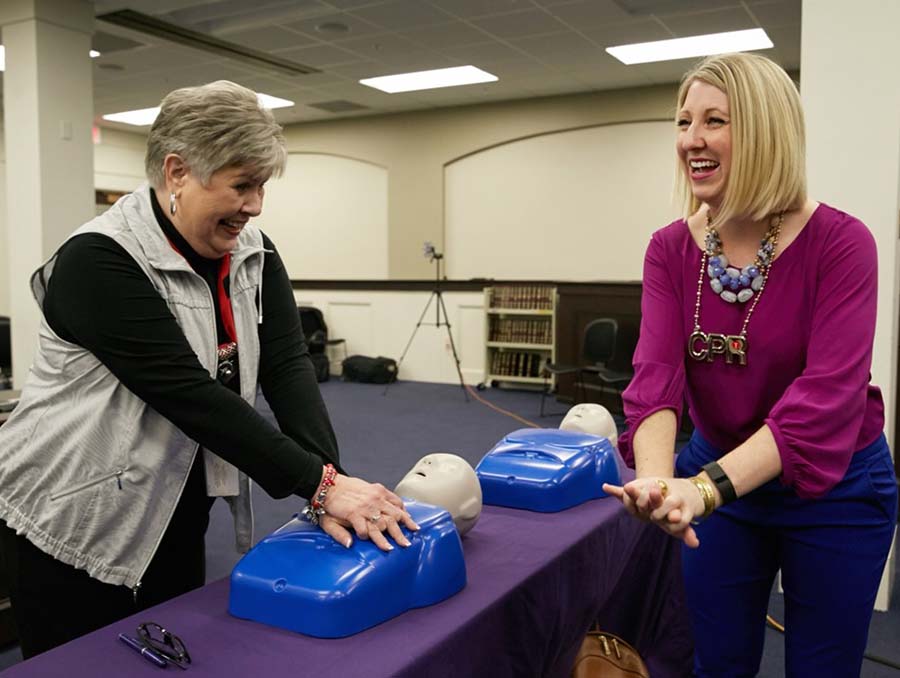November is National Diabetes Month, an opportunity to learn more about diabetes and its impact on health. With this chronic disease, individuals experience high blood sugar levels and complications and there are two different types.
Type 1 diabetes is an autoimmune disorder in which the immune system attacks and destroys insulin-producing cells in the pancreas. It is typically diagnosed in childhood. Type 2 diabetes, which usually develops in adulthood, occurs when the body does not use insulin effectively. Unlike type 1, type 2 diabetes can often be prevented.
According to the Centers for Disease Control and Prevention, about 1 in 10 Americans — more than 38 million people — have diabetes, and most cases are type 2.
“Diabetes is prevalent in our country, but it can be prevented,” said Hannah Linden, MPH, director of health and wellness programs for the Sanford Center for Aging. “There are evidence-based strategies that can reduce your risk of developing diabetes such as lifestyle changes that include exercising and eating healthier foods.”
The American Diabetes Association reports that weight plays a major role in the risk of developing type 2 diabetes. Excess weight can also contribute to unhealthy cholesterol, high blood pressure, heart disease, high blood glucose and stroke.
Smoking is another risk factor. It can reduce the amount of oxygen that reaches the organs and increase the risk of high blood pressure, unhealthy cholesterol, heart attacks and strokes. Smoking can also increase insulin resistance, leading to spikes in blood sugar levels.
Creating a health plan that includes better nutrition, more daily physical activity and quitting smoking can lower the risk of type 2 diabetes. It is also important to understand two key health measures: A1C and body mass index (BMI).
An A1C test measures average blood sugar levels over the past two to three months and is a key tool in detecting diabetes. BMI, or body mass index, estimates body fat based on height and weight. Excess body fat increases the risk of insulin resistance and type 2 diabetes.
To explore your BMI or to take an A1C, it is important to schedule an appointment with your doctor to discuss these tools and schedule the necessary blood test. You can also take an online risk assessment from American Diabetes Association.
Common warning signs of diabetes or prediabetes include:
- Urinating often
- Feeling very thirsty
- Feeling very hungry, even after eating
- Extreme fatigue
- Blurry vision
- Cuts or bruises that heal slowly
- Tingling, pain or numbness in the hands or feet
Early detection and treatment of diabetes can decrease the risk of developing the complications of diabetes.
“Knowing the risks of diabetes, Sanford offers the National Diabetes Prevention Program (DPP) to anyone in Nevada over the age of 18,” said Linden. “Getting the word out about free resources is important and we are always looking for new participants who may benefit from the program.”
DPP is a yearlong, evidence-based, lifestyle change program for people diagnosed with pre-diabetes or who are at risk of developing diabetes. Participants get a full year of support and learn how to eat healthy, add physical activity to their routine, manage stress, stay motivated and solve problems that can get in the way of meeting goals.
The Sanford Center for Aging is offering two upcoming opportunities:
- Virtually starting Wednesday, Nov. 5 at 1 p.m.
- Virtually starting Monday, Dec. 1 at noon
You can register for these classes or any others from Sanford Center for Aging on their workshop website or by calling (775) 784-4774, option 2.
















